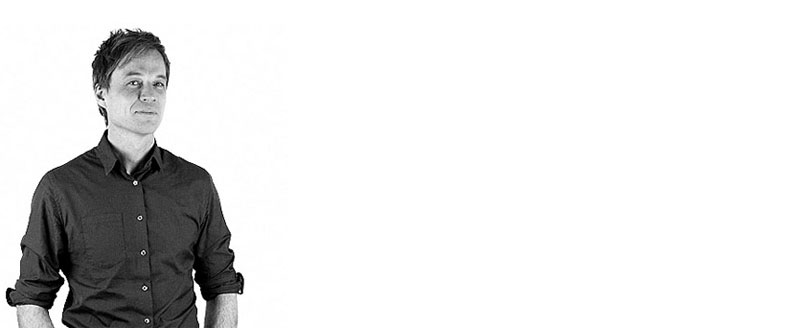
Back in the fall of 2015 BUILD visited Stockholm and met with Håkan Widjedal of Arkitekstudio Widjedal Racki. We discussed the significant role of traditional Swedish design, the importance of understanding a client’s lifestyle, and how to use architecture as a tool to interpret the site. Part 1 can be read here.
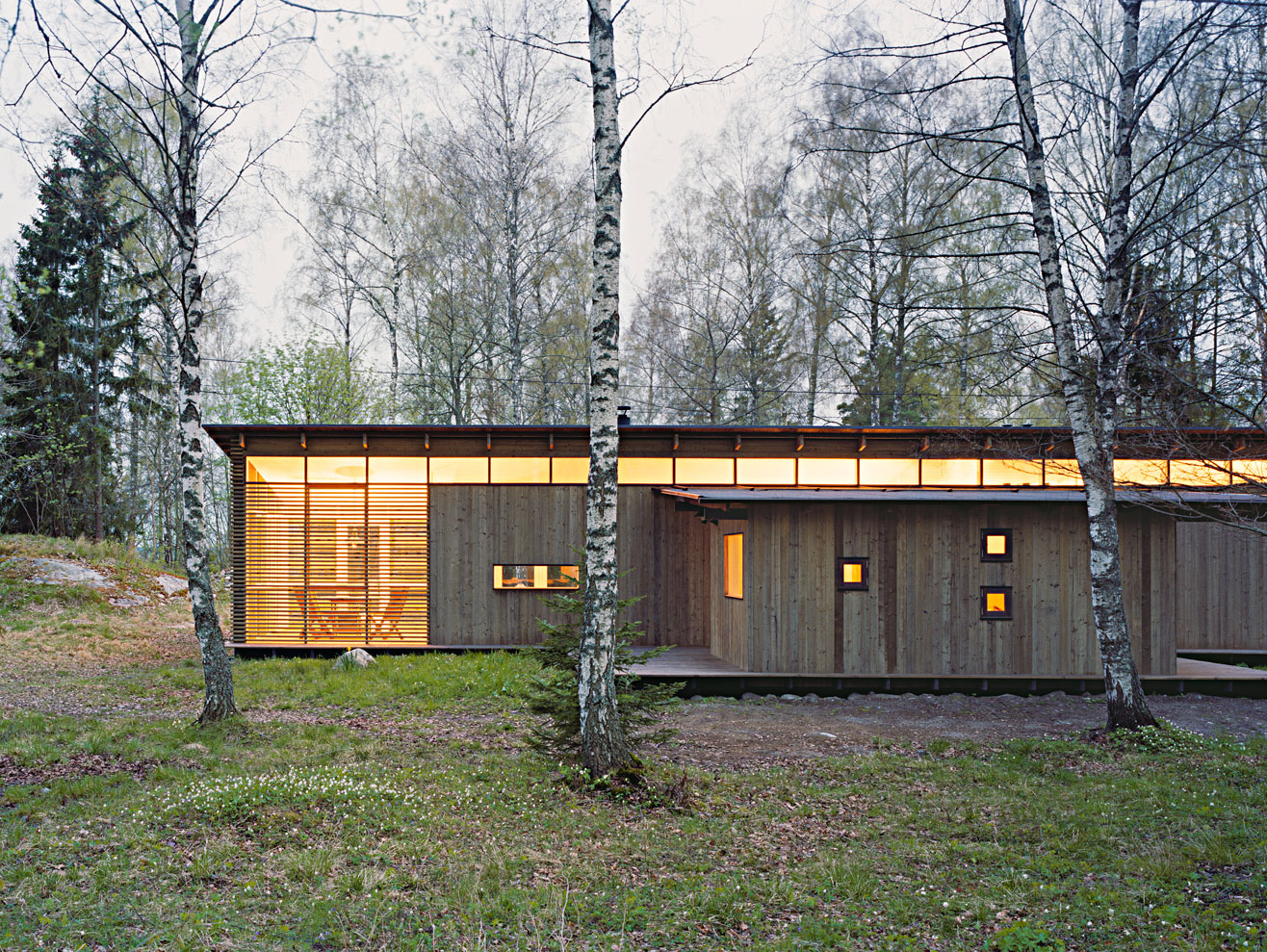
[All photos by Åke E:son Lindman]
Your portfolio of built work focuses exclusively on private residences. What attracted you to this type of work?
The first project that you do sets the line because it’s going to be your reference for the next project. For better or worse, It’s very easy for an architect to get into a niche. The first project we did was a thesis project while we were still in school. We have a summer house in Trosa and the neighbors asked us to design their summer house. We decided to not only design it but live on site for a year and construct it. We got a lot of publicity with the project and it won the wood award and got us a few minutes on BBC world. This is the project that set the course for our firm and we got a lot of new projects, but they were all private residences.
We like the residential work but we’ve also tried to get out of it. For our own sake, to evolve, we need different types of challenges. It’s been hard to open new doors because people think that all we can do is private residences. At the same time, it’s fun to work with private clients because the chain of decision making is short. If the architect and the clients agree on the design and you get a building permit, you can basically do anything. If you get a university building or something though, there are so many more groups who are going to have their opinion.
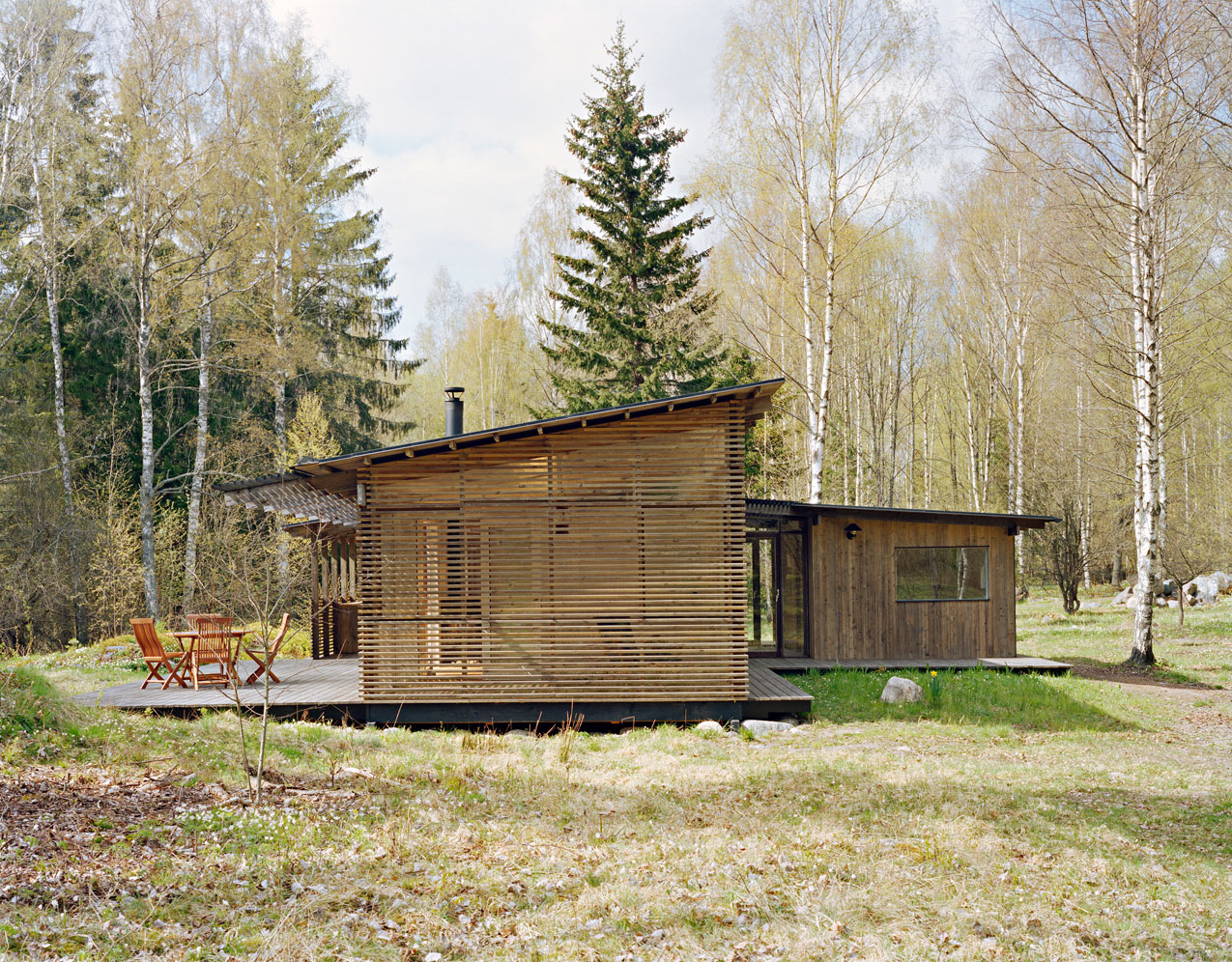
Do you have to win a competition to secure larger public or civic work in Sweden?
When you are young and fresh as an architect, there are very few ways to secure larger projects in Sweden. Countries like the Netherlands have laws that certain projects need to go through competitions. But in Sweden we don’t have such laws and there aren’t a lot of competitions. There have also been some bad design competitions lately, like the one for the city library originally designed by Asplund in the 1920s. A design competition was held to expand this relic of a library. Because everyone knows the building and was excited about the expansion, they received something like 1,300 entries. The input was so overwhelming that the library’s response was not to move forward with the extension. Other examples in Stockholm have made compromises between multiple schemes or have held second rounds of design competitions after a winner has been chosen. Architects put a lot of time and effort into these competitions and these decisions kill the will to compete.
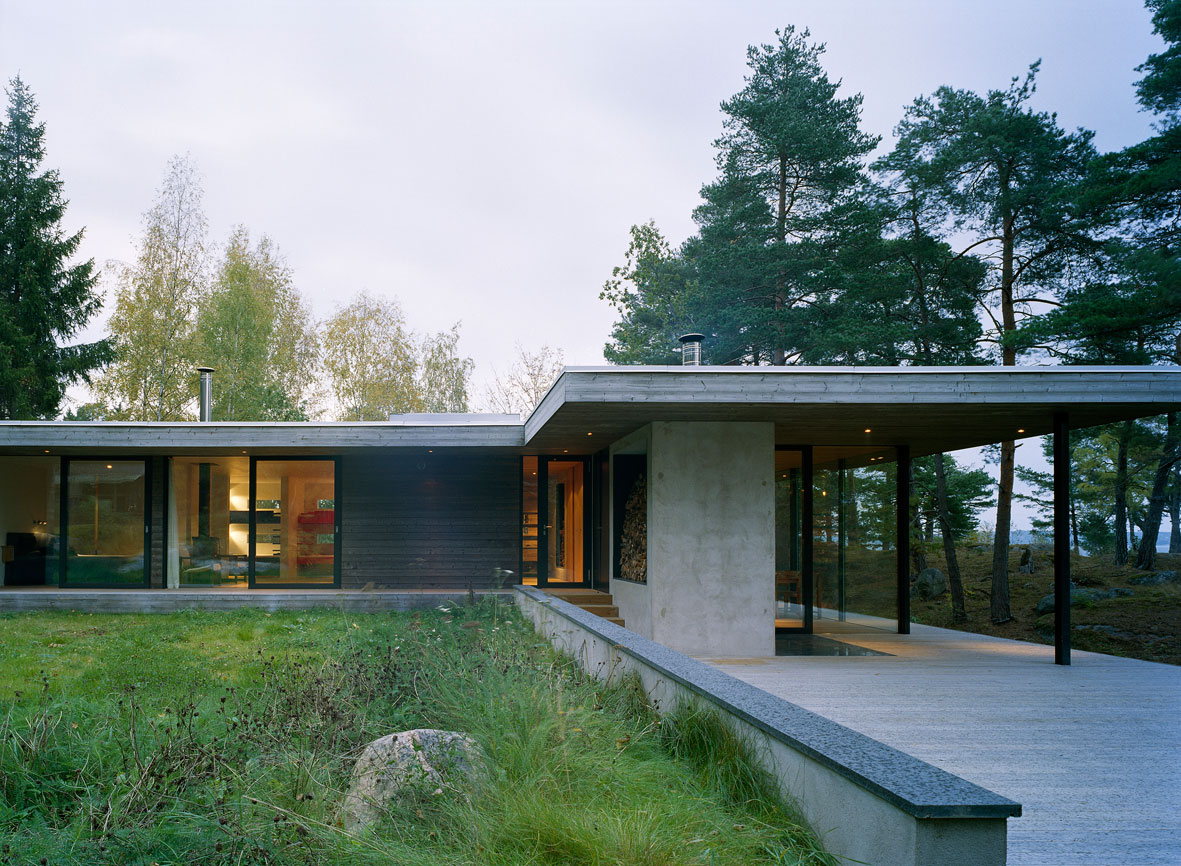
As a small architecture firm, how do you afford the time and resources necessary for design competitions?
There’s no way you can afford to put employees on it, so you do it yourself and you do it in your free time. I think Sweden is a hard architecture scene for young architects to make their way into.
Many Scandinavian firms spend a great deal of time on unbuilt competition work, yet much of your work has been constructed. What do you attribute this difference to?
Having taught architecture for five years, I love the theoretical side. At the same time, what really gives me a thrill is visiting the completed architecture in person. Subsequently, our office has always had a focus on building what we design.
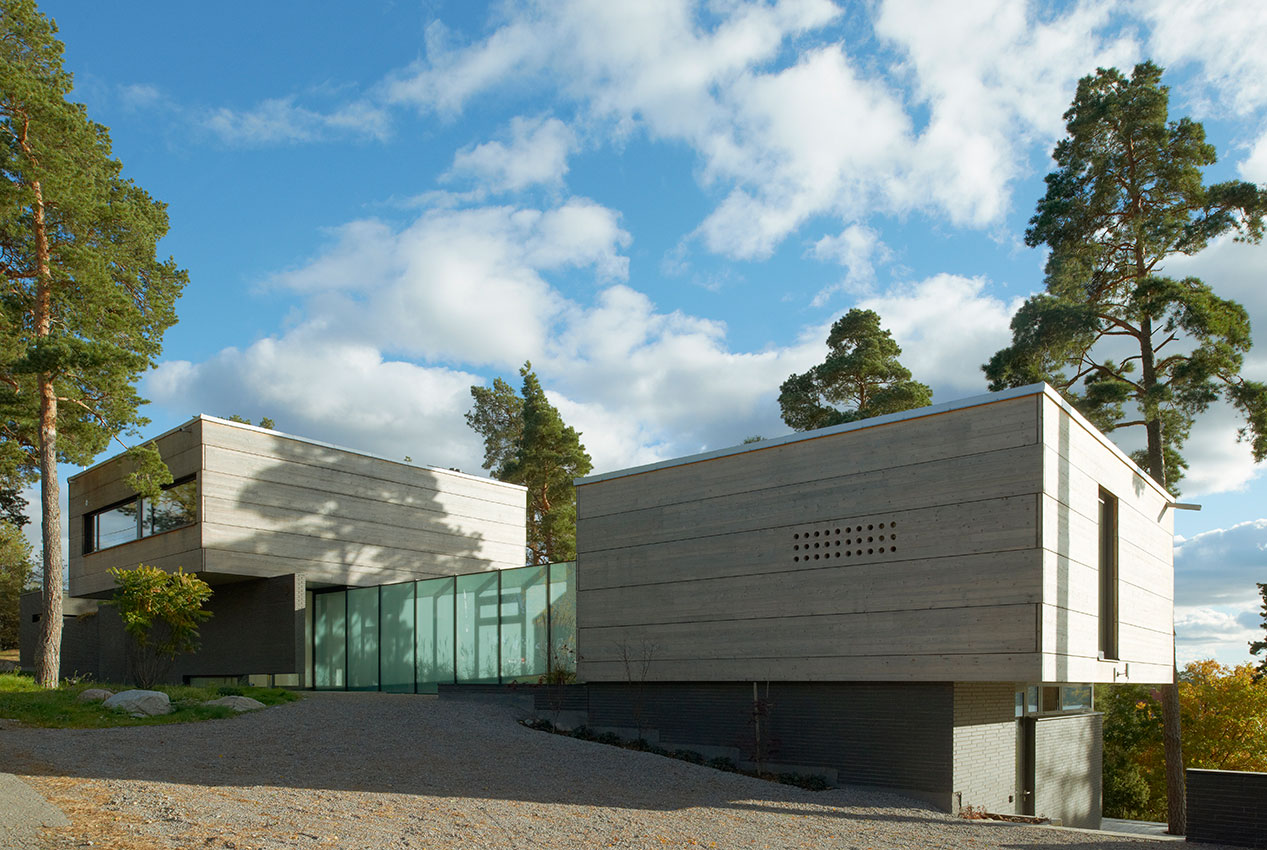
I think the reason you see a lot of theoretical work and competitions is that other firms are having the same challenges that we’re having. They’re trying to get into other project types and the design competitions are the only way to show that they can do that type of work.
The way you describe your works seems very collaborative. How do you maintain a clear design vision working with different individuals and teams?
There always needs to be someone that’s in charge of the project. Our office has always been extremely un-hierarchical. All of us in the office have at one time worked for traditional offices where the boss produces the sketches and the staff produces the working drawings and we all hated it. It’s not fun and it’s not how you reach the best results. We’ve worked very hard on killing all hierarchies but in the end someone needs to be responsible. All of our projects start with collaborative brainstorming and problem solving.
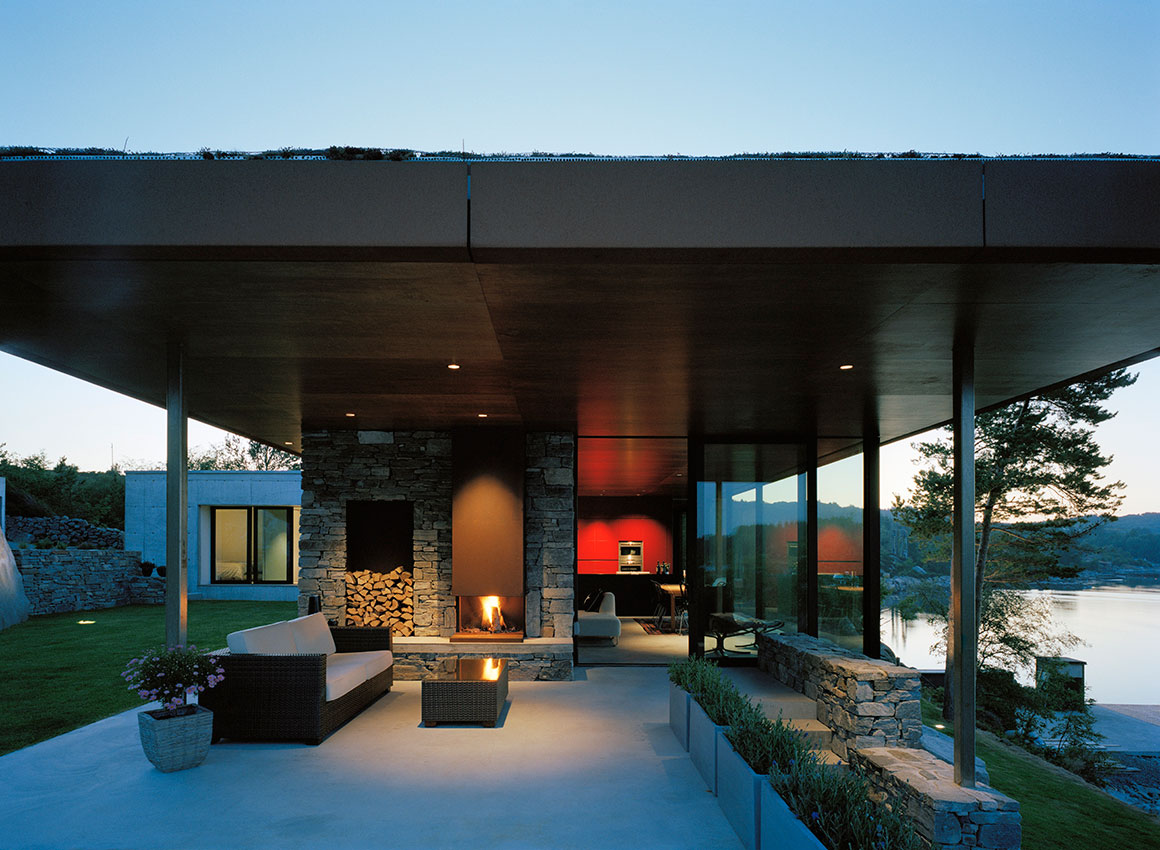
What are the building departments like to work with in Sweden and how difficult is it to get a permit?
An interesting example is the Island House, which we designed in the Archipelago of Stockholm, where the approval wasn’t by the building department but by the local politicians. They all had traditional red summer houses around the proposed project and they were concerned about looking at a modern glass box. There’s often a romantic image of architecture that people want to fulfill and this image doesn’t rely on facts or function. Often you’ll find newly built traditional looking red summer houses that have questionable qualities, no relationship to the site but they fulfill the fantasy simply by repeating known symbols. The community of politicians said that the expressive modernism was going to stand out on the shoreline and kill the view. But the structure is pushed back and because it’s glass it reflects the surroundings, you can hardly see it. The glass hides the building rather than making it expressive. If you have these images and these reference projects, proving your case is much easier. It’s all about reasoning with the decision makers and it can take a long time to work though this design process. All the while the owners are paying a mortgage and taxes on empty property.
What is your advice for developing the verbal and presentations skills necessary to get good modern work approved?
You’ve got to build an inner strength. The best way to get something built is to really believe in yourself and what you do. It requires self-confidence, believing in your skills and knowing that you’re good. If you haven’t first convinced yourself, you will never be able to convince anybody else.
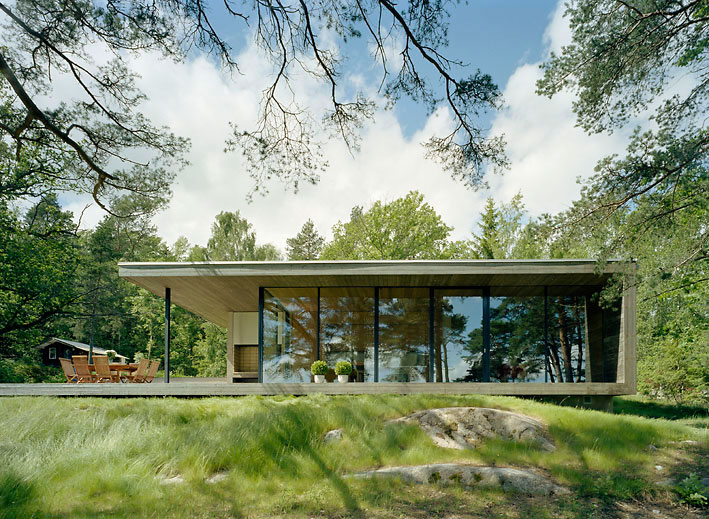
As a young architect I remember touring built work and constantly thinking, “Why did they do it this way?” There was always something to criticize. Now when I go to see those same projects I think, “Wow! How did they convince the client to go forward with this? How did they do it?” As a practicing architect, you understand all of the complexities and the issues involved.
We’ve had a long, low season for architecture here in Sweden and I think things are getting better now. It’s up to architects to make it happen and step number one is to get a client to want to build something extraordinary. If you don’t have a client that wants something to happen, nothing is going to happen. It’s not about being a good salesman but about communicating qualities and why good design matters.
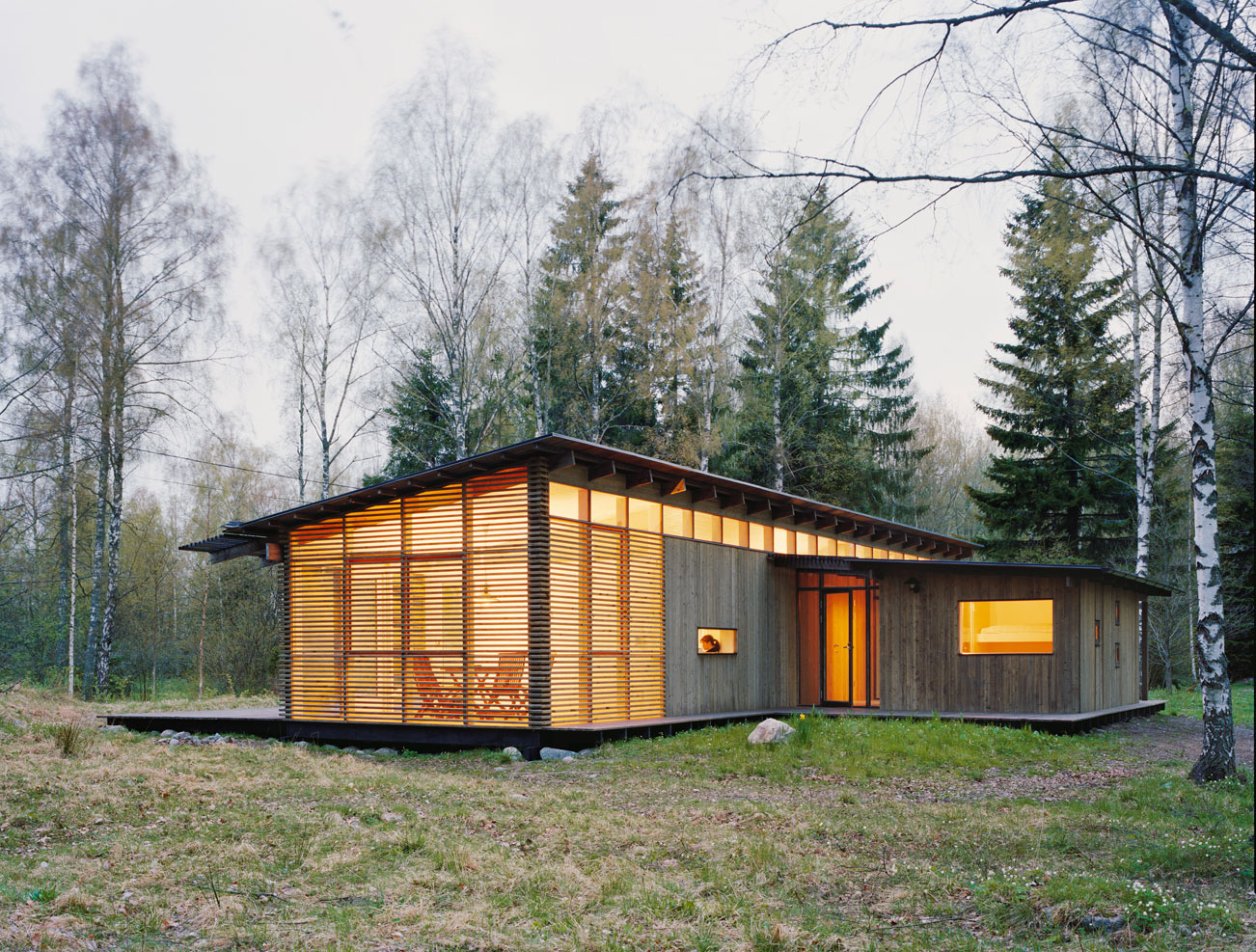
The Relax Cabin project on your site takes advantage of a 2008 building code change in Sweden that increased the size of complimentary buildings possible without a permit from 10 square meters to 15 square meters. Is it typical in Sweden that codes change in the direction of less regulation?
It’s called the Friggibod law, which was originally initiated in 1979. Before this law, everything required a permit, even a storage shed, and the amount of regulatory work became unmanageable. Since 2008 the code has since been increased to 25 square meters and there’s a book coming out in the fall called 25 square meters based on this concept which features one of our projects.
This relaxing of the building code is definitely a step in the right direction. These codes apply to the overall square footage so you could build a 25 square meter structure or you could build five projects of five square meters each. If homeowners use this rule thoughtfully, it’s a nice solution, however it also gives owners the opportunity to create a mess of small structures on their property — so not all architects are proponents.
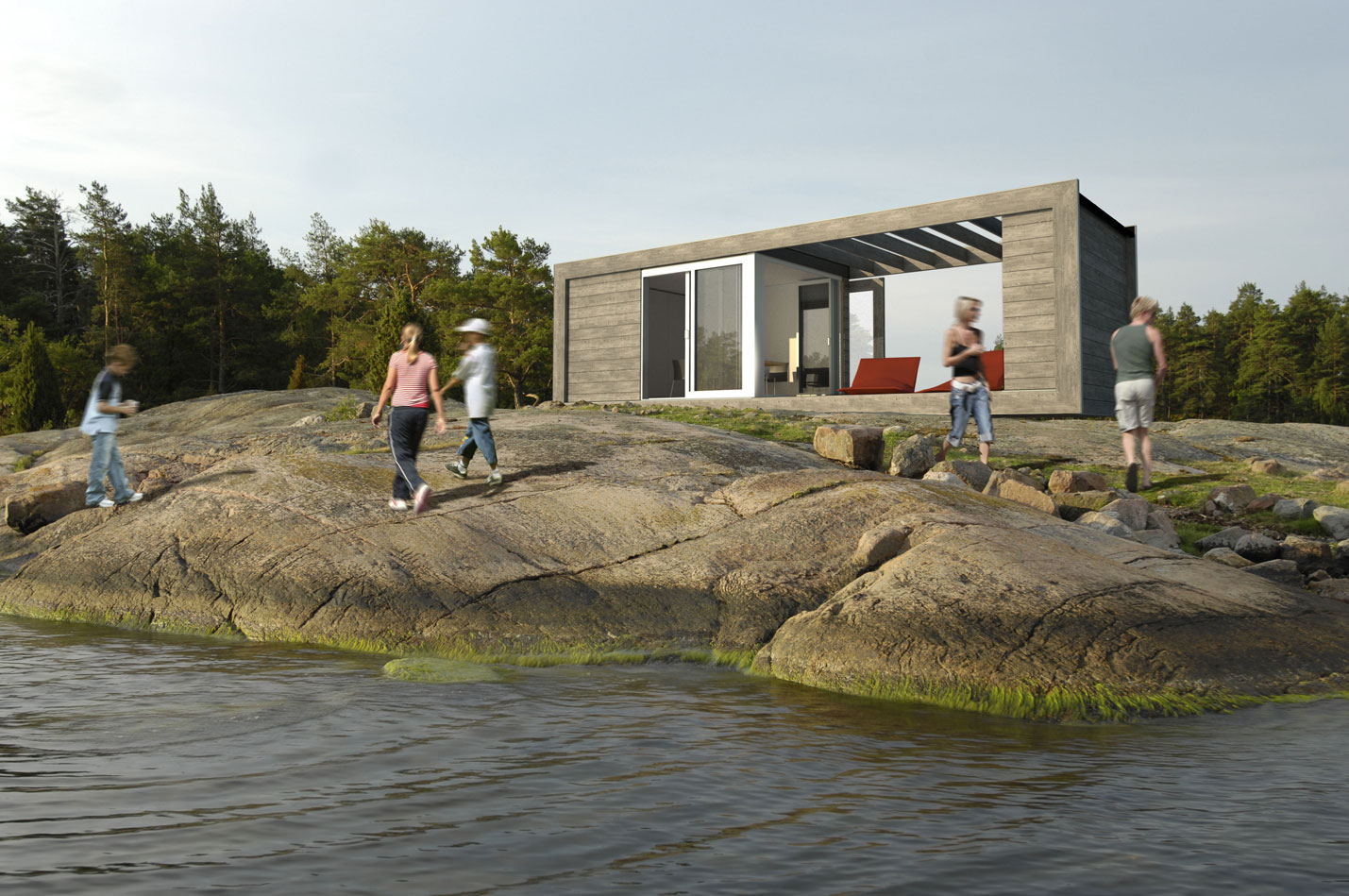
How do flat roofs and walls of glass like the Villa Alba perform in the harsh climates of Sweden?
Technically it’s no problem, what is an issue are the insulation values. Gradually, the energy efficiency requirements from the building department have increased. The Villa Alba is eight years old and we couldn’t build it today. The challenge now is to bring the same architectural qualities into buildings that are better insulated and meet the energy demands I think they should meet. Buildings need to be more energy efficient, at the same time I hate to see this result in boring building solutions. Our project “Stilt Houses in Trosa” is a modern “eco village” that focuses on these questions.
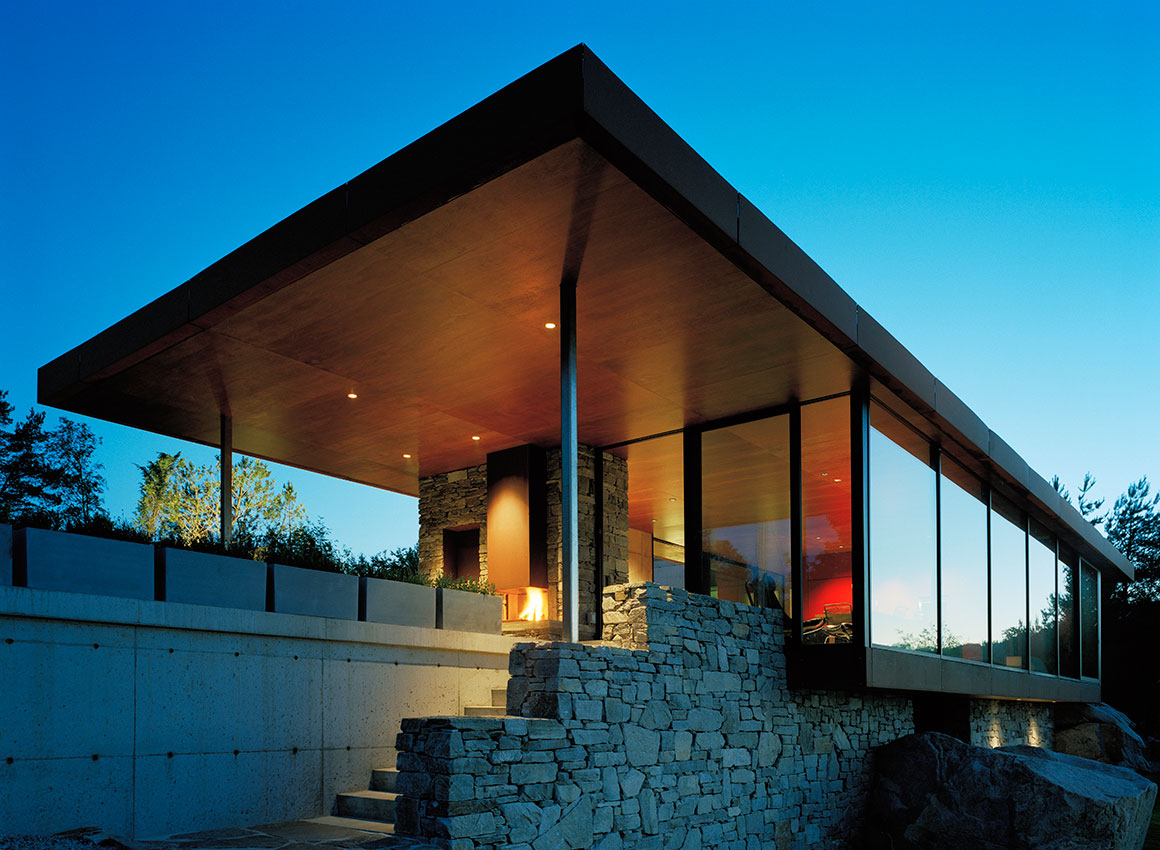
Many of your projects involve what could be expensive work from specialized trades, such as the hand-built stone walls in the Gundersen House or the concrete site-cast walls of the Rock House. Are you able to find cost-effective methods to construct these projects?
Many of our projects actually have quite low budgets. We’ve put a lot of emphasis on the detailing and craftsmanship but have compensated by having simple construction and simple materials. We’ve been trusted by our clients to manage the budget and we can decide to put emphasis in different areas to keep a high level of quality and craftsmanship.
The Island House, for instance, uses custom cabinet faces on Ikea cabinets. We use a lot of simple cost-effective materials like corrugated aluminum and spruce. Many of our projects use concrete slab on grade floors rather than hardwood or cheap plywood on facades We’re very thoughtful about where to put the money.
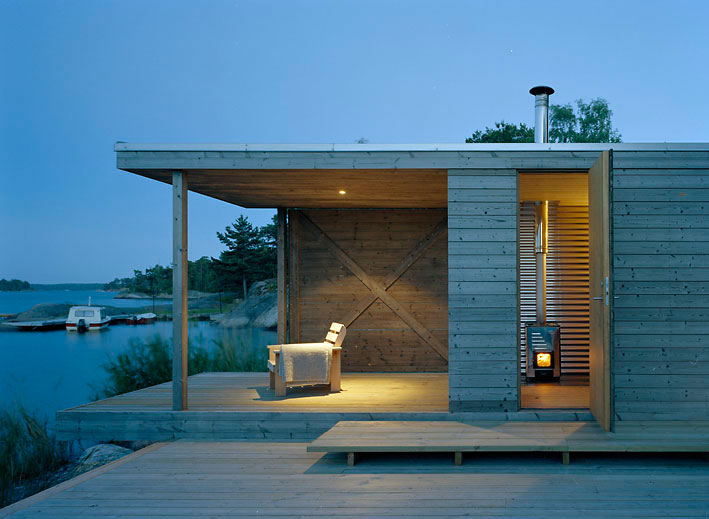
Håkan Widjedal started Arkitekstudio Widjedal Racki with Natasha Racki in 2000. The firm specializes in private residences and has taken part in several exhibitions. Håkan’s work has received numerous awards, including first prize of the Swedish Wood Award. He has taught at the Architecture Faculty of the Royal Institute of Technology in Stockholm and has lectured widely.





